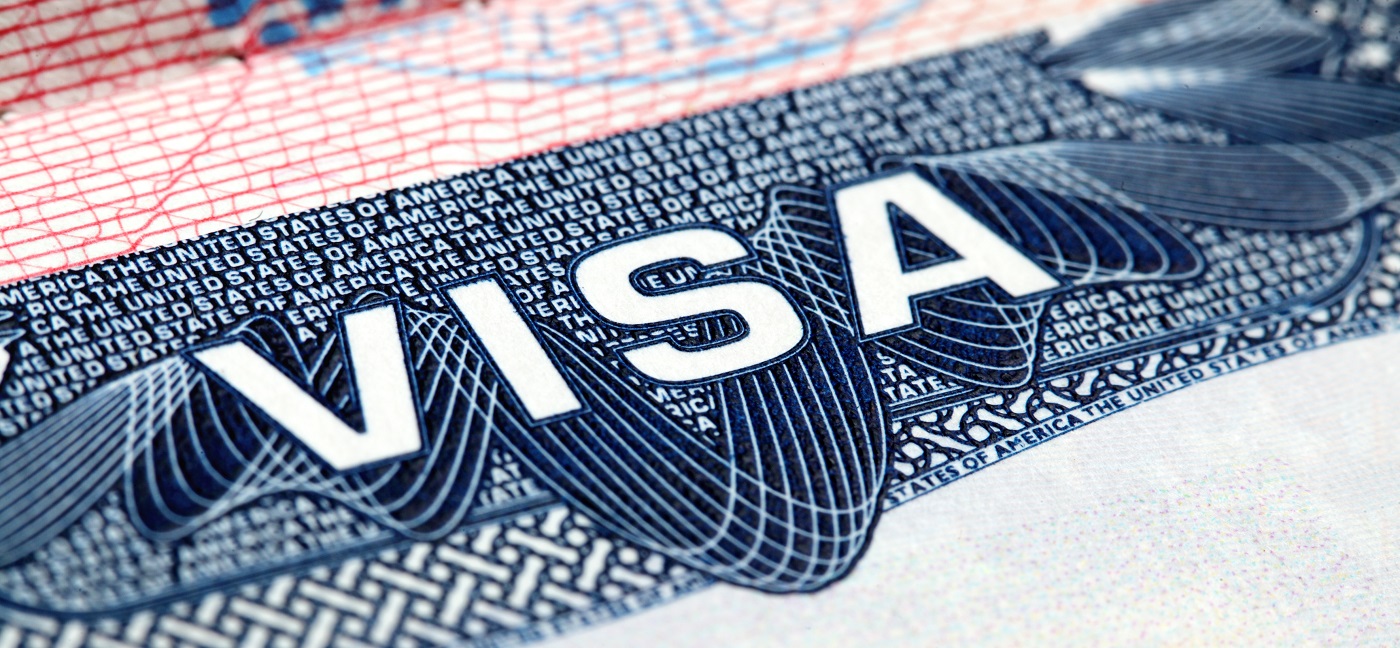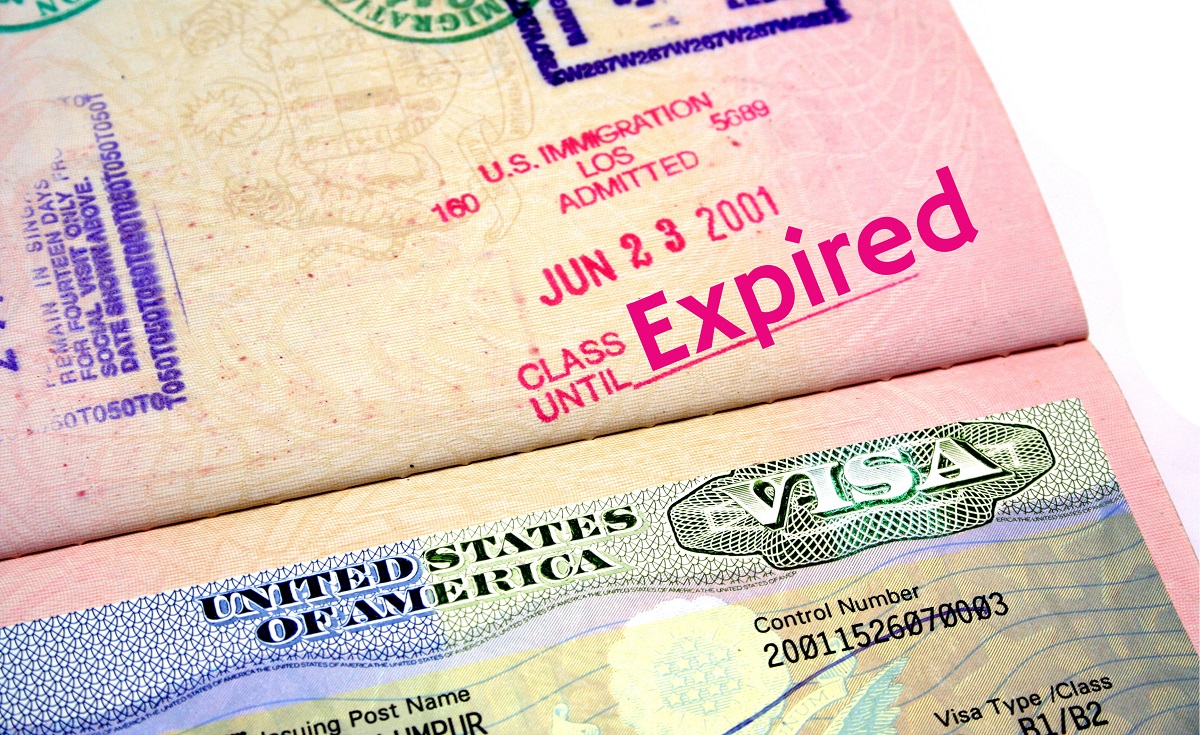
As a general rule, foreign nationals who enter the United States through the Visa Waiver Program (also known as ESTA) may not adjust status to permanent resident (green card holder). Specifically, a foreign national admitted as a nonimmigrant without a visa under a Visa Waiver Program is barred from adjustment of status. But there is an exception for immediate relatives of U.S. citizens and VAWA-based applicants. These bars also do not apply to those applying under the federal Violence Against Women Act (VAWA).
Immediate relatives have tremendous privileges and allowances under U.S. immigration law. As such, adjustment of status for visa waiver program entrants is a special benefit available to immediate relatives.
Visa Waiver Program Explained
Many foreign relatives of U.S. citizens and lawful permanent residents use the Visa Waiver Program (VWP) to make spontaneous trips to the United States related to business or pleasure. It also stimulates commerce for those visiting the U.S. for business purposes.
Under the VWP (as codified in INA § 217), foreign nationals from certain designated countries are allowed to enter the United States as visitors for a maximum period of 90 days without having first obtained a visa. Travelers register with the online Electronic System for Travel Authorization (ESTA) before traveling to the U.S. Therefore, many people use the terms ESTA and VWP interchangeably. The temporary visit is similar to a B-1/B-2 entry for business or pleasure. To enter under the VWP, the visitor must meet certain requirements and generally must waive their right to contest removal from the United States.
Eligibility for Adjustment of Status for ESTA Vistors
Foreign nationals who are in the United States and have an immigrant visa immediately available to them, can generally adjust status to permanent resident (green card holder) by filing Form I-485, Application to Adjust Status. Although eligibility for permanent residence includes additional requirements, there are three major criteria to adjust status. In most cases, the applicant must:
- Be physically present in the United States
- Have a lawful entry
- Have an immigrant visa immediately available
The third of these criteria is the most difficult for many family-based applicants. For most family preference immigrants, the immigrant visa petition (Form I-130, Petition for Alien Relative) must be approved and current. Due numerical limit of family preference visas each year, there is generally a wait time for family preference immigrants. In other words, it may take a few years for the petition approval and a few more years for the visa to become available. Petitioners and beneficiaries can review the U.S. Department of State's monthly visa bulletin to determine the wait.
On the other hand, immediate relatives never have this numerical restriction. Immediate relatives include the spouse, unmarried children (under age 21) and parents of U.S. citizens. An immigrant visa (green card) is always available. Consequently, immediate relatives can adjust status much more easily.
Adjustment of Status for Visa Waiver Program Entrants
Entering the United States through the Visa Waiver Program counts as a lawful entry. However, the law that created the Visa Waiver Program also stipulates that VWP entrants are not allowed to change or adjust their status. This prevents most VWP entrants from adjusting status.
In November 2013, USCIS issued a policy memo that clarified their position on this ambiguity. The policy memo instructs USCIS officers to process adjustment of status cases filed by immediate relatives who were last admitted to the United States under the VWP. This also includes I-485 applications filed outside of the 90-day period of admission. While acknowledging Immigration and Customs Enforcement’s (ICE) authority to remove VWP overstays, the memo clarifies that USCIS can grant adjustment of status rather than refer the case to ICE. The policy says that USCIS will process the I-485 application before referral to ICE unless:
- ICE has already issued a removal order;
- The adjustment applicant is under investigation for, been arrested for, or been convicted of an egregious public safety offense; or
- There are fraud or national security issues to resolve.
Therefore, unless ICE is investigating the applicant or a removal order has already been issued, adjustment of status for Visa Waiver Program entrants is generally routine.
90-Day Consideration
Adjustment of status applicants should be aware of another guideline when filing Form I-485. Although USCIS no longer uses a 90-day rule to automatically presume visa fraud, it should still be a valid consideration for adjustment of status who entered through the visa waiver entrants. Under these guidelines, there’s a presumption of visa fraud if a person violates their nonimmigrant status or engages in conduct inconsistent with that status within 90 days of entry.
Immigrant Intent
The issue here is that a person cannot enter on a temporary status (such as the Visa Waiver Program) with the true intention of applying for permanent residency. Even if the visitor’s intent changed during the course of the U.S. visit, there could be presumption that they misrepresented the true purpose of the trip.
For example, a VWP entrant who files an adjustment of status application a few days after entering the United States may get flagged for possible visa fraud. Although there are plausible reasons that someone could change the intent of the trip from temporary to permanent, it is less likely. For this reason, many attorneys recommend that their clients wait at least 90 days after entry to adjust status.
Adjusting Status with 90-Day Consideration
The dilemma is that the Visa Waiver Program visit is only valid for 90 days. However, the USCIS policy memo provides an allowance for adjustment of status for Visa Waiver Program entrants who are immediate relatives that stay beyond the 90-day period. As such, many attorneys recommend that their clients file an adjustment of status application soon after the 90-day period. However, each applicant’s case is unique. For advice this is tailored to your specific situation, please consult with an immigration attorney.
Typical Application Package for Adjustment
Green card applicants will rarely file Form I-485, Application to Register Permanent Residence or Adjust Status, by itself. Generally, USCIS requires that several other forms be included with Form I-485 at the time of filing. A family-based adjustment of status package will typically include:
Adjustment of Status Forms
- I-485, Application to Register Permanent Residence or Adjust Status
This is a required form used to claim the immigrant visa and adjust status to that of a permanent resident (green card holder). - I-130, Petition for Alien Relative
This is a required form for family-based applications. If an I-130 petition has not already been filed and approved (and a visa number is available), it should be filed concurrently with Form I-485. - I-130A, Supplemental Information for Spouse Beneficiary
This is a required form only if the I-130 petition is for a spouse. The form contains additional information about the spouse beneficiary. - I-864, Affidavit of Support
This is generally a required form if your application is through a family-based petition. It’s used to show that the adjustment of status applicant has adequate means of financial support and is not likely to rely on the U.S. government for financial support. - I-765, Application for Employment Authorization
This is an optional form used to request permission to work in the United States. An adjustment of status applicant is eligible to request work authorization. - I-131, Application for Travel Document
This is an optional form used to request an advance parole travel document that can be used to re-enter the United States after travel abroad. The advance parole is required if you plan to travel abroad. - I-693, Report of Medical Examination and Vaccination Record
This is a required form used to establish that the adjustment applicant is not inadmissible to the United States on public health grounds. Your USCIS doctor will provide it.
Supporting Documents
An adjustment of status application package will always include various supporting documents for each form. The list of documents will depend on the basis of eligibility and your specific answers in the applications.
CitizenPath provides simple, affordable, step-by-step guidance through adjustment of status applications for visa waiver program entrants. Upon completion, we also provide a simple set of filing instructions customized just for you. It includes a check list of supporting documents, directions for organizing your package, and a mailing address for your situation.
Individuals, businesses and even attorneys use our online service to prepare Form I-485 and all other required immigration forms accurately, avoiding costly delays. CitizenPath allows users to try the service for free and guarantees that USCIS will approve the application or your money back. Learn more >>
Want more immigration tips and how-to information for your family?
Sign up for CitizenPath’s FREE immigration newsletter and
SAVE 10%
on our immigration services






